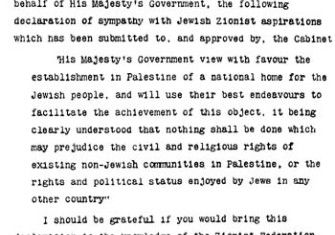Why Egypt Went to War in 1973
In 1973, Egyptian soldiers hoisted their flag over Sinai, smashing the myth of Israeli invincibility. Fifty years on from the October War, who claims the victory: the president or the people?

Fifty years ago, on 6 October 1973, 32,000 Egyptian soldiers crossed the Suez Canal to hoist Egypt’s flag over the Sinai Peninsula, following six years of Israeli occupation. The surprise attack was co-ordinated with a Syrian advance on the occupied Golan Heights, and was only challenged with the help of an immediate airlift of US arms. President Anwar Sadat revelled in Egypt’s smashing of the myth of Israel’s invincibility, and was duly crowned ‘Hero of the Crossing’. The first claim has stood the test of time: the Egyptian plan is still taught in military strategy courses around the world. But was Sadat the true architect of this feat of resistance? Within two weeks, he had overruled his chief of staff, General Saad el-Shazly, issuing orders that enabled significant Israeli counterattacks. Within a month, he was sitting with US Secretary of State Henry Kissinger at the United Nations checkpoint at Kilometre 101 on the Cairo-Suez Road, beginning negotiations for a settlement and offering early concessions.







